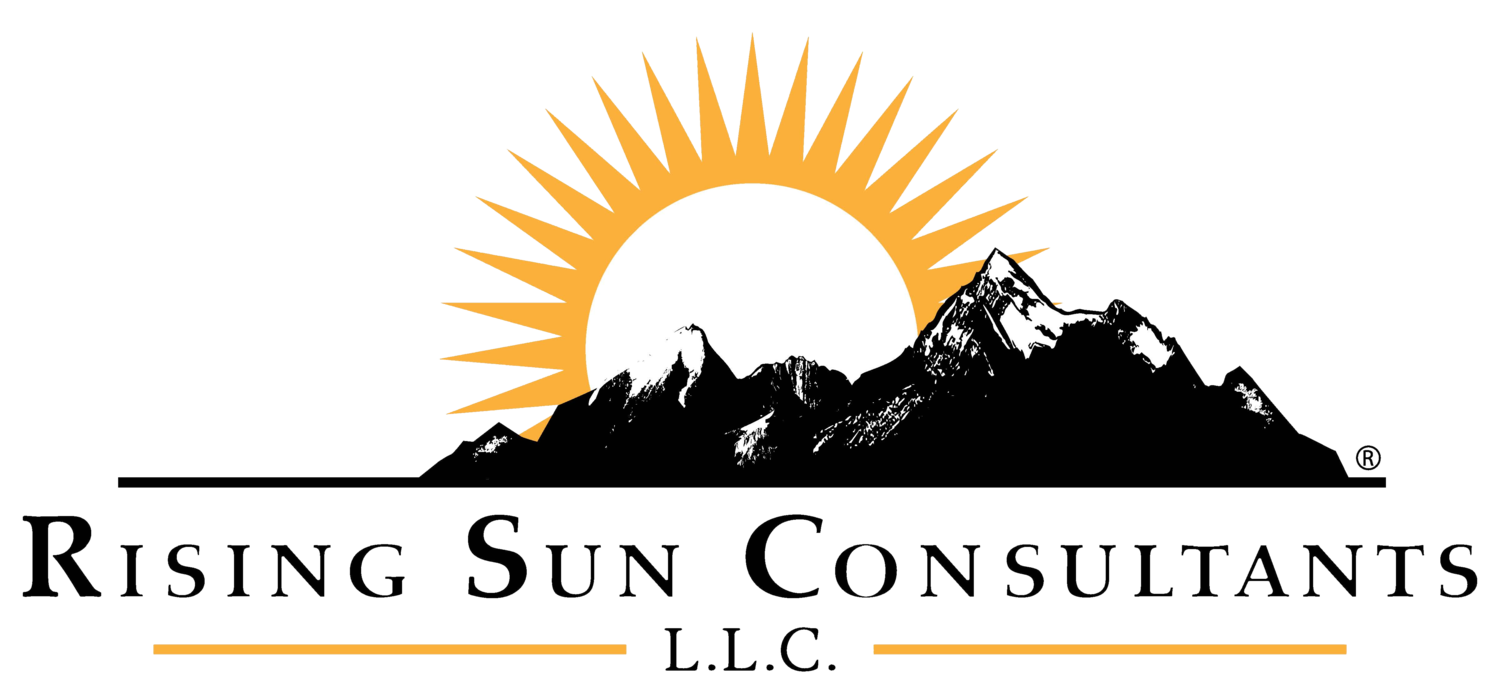Those involved in hiring or managing people will attest there’s often a significant difference between what makes a great employee on paper and what makes a great employee in actuality. How is it that we can hire team members with ideal resumes and impressive qualifications, yet quickly grow disenchanted with their job performance? And practically speaking, when a candidate looks perfect on paper, is there any way to avoid costly hiring errors and high turnover?
We believe there is. In our experience, the reason for the disconnect between expectations and an employee’s performance is often rooted in a too-narrow view of employees’ qualifications. While most organizations devote great attention to team members’ knowledge and skills (their demonstrable competence/what they do) and some attention to their attitude (their motivation and commitment/why they do it), few devote significant attention to a third realm: employees’ character (their posture/how they do the job). Yet the success of an organization—and of its individual employees—relies upon all three. We can better predict or invest in an employee’s success when we consider the overlap between competency, commitment, and character: the realm of excellence that we call the ProductivityZone™.
Any two of these zones in combination are insufficient for true excellence and high productivity. Employees with character and competence, for example, may still feel disengaged in their job. Those with character and commitment may be likable sorts who just don’t have the skills to get the job done. And you might have competent people on your staff who are committed to sticking around—but you might be better off if they left if they do not share your values.
Most organizations are adept in describing job functions and gauging an individual’s ability to complete desired tasks, but how do we examine a current or potential employee’s “fit” through the lens of character?
1. Clearly define values – If we have not defined our values as an organization, we cannot hope to predict whether an employee’s values and character will align with our own. This area of alignment is far too important to simply cross our fingers and hope it will all work out! Before asking anyone to share our values, it is our responsibility as employers to very clearly define what they are and to model them. For example, if we communicate that we value gratitude and we model gratitude, we can reasonably expect gratitude to permeate client and colleague interactions within our organization. If we have not done those first two things, then our expectation is not reasonable.
2. Observe more broadly – A typical interview is performative in nature. A potential employee tries to anticipate an employer’s questions and prepare compelling answers. But the goal of an interview shouldn’t be to see who performs best in this staged environment but to truly get to know a candidate. To do this, we start by creating an environment that feels comfortable, We model hospitality and genuine caring (e.g., Can I get you a glass of water?). These actions—which hopefully represent our authentic nature—promote honest sharing and help the person feel free to be themselves. Depending on the level of the position, it may also be appropriate to take the candidate out to lunch or invite them to join a company-wide event.
Impressions aren’t limited to interviewers. We also solicit feedback from anyone who interacted with the candidate outside the interview room. How did the interviewee treat the receptionist or an employee they encountered in the elevator?
Scenario-based questions are a popular approach to explore candidates’ character during an interview. “Tell me about a time when you…” But one of our favorite questions is a bit outside the ordinary. We love to ask applicants, “What’s one reason that you should not be hired?” In candidates’ answers, we can gauge their level of humility and self-awareness. Some will respond that there would be no drawbacks to hiring them (indicative of limited self-awareness or humility), some will respond generically that perhaps we could find another candidate with more experience in a similar role (some self-awareness and humility), while others will offer a true and specific answer: Perhaps they have a skill gap or the schedule will require a significant adjustment. These personal answers reflect a greater level of self-awareness and humility and also offer a glimpse into a candidate’s self-management: What steps have they taken or are they planning to take to address any potential areas of concern?
3. Set expectations
Ever get frustrated by managers who “save up” mistakes or concerns for an annual review and end up expressing displeasure with something that happened nine months ago? We never leave feedback for an annual review. We encourage supervisors to meet frequently (biweekly or monthly) with their team members to discuss performance, using a 3×3 matrix that includes low, medium, and high alignment for competence, commitment, and character. These more frequent opportunities for feedback ensure we not only address alignment punitively (when necessary) but also celebrate successes, affirm areas of alignment, and identify opportunities for support. Think of it as course correction on a long road trip. Far better to quickly get back on track after a wrong turn than to proceed in the wrong direction for countless miles.
Character can be shaped with time and effort, but before assuming a lack of alignment in character, we first consider competence. Is it possible that the staff member doesn’t yet know how to excel in a given area? For example, if payroll management isn’t up to par, perhaps there’s an issue of character with our finance assistant, but perhaps they’ve simply never used our particular system before and their struggle is rooted in competence. Asking a question like, “How can I help you excel in this role?” might help you identify the root of the problem.
There may be employees on your team who do not match your organizational culture and are unwilling to grow in identified areas of improvement. But much more frequently we find staff members who do not understand what it looks like to succeed in a particular setting or have not been adequately trained to meet expectations. Most often, people mean well–and that’s a helpful perspective to bring to these conversations. As a supervisor, extend generous assumptions.
The three lenses of competence, commitment and character—properly focused—provide a clear view of excellence in any organization. Interested in implementing the ProductivityZone™ framework within your team? Contact us directly by reaching out to Becca at rebecca@risingsunconsultants.com to speak directly with one of our consultants. We look forward to hearing from you.

